The rainbowfishes are a fascinating group of freshwater fishes from Australia and New Guinea; some smaller islands between these two major areas are also colonized by rainbowfishes, evidence that Australia and New Guinea once formed a common landmass when sea levels were much lower than today. This prehistoric landmass is called Sahul.
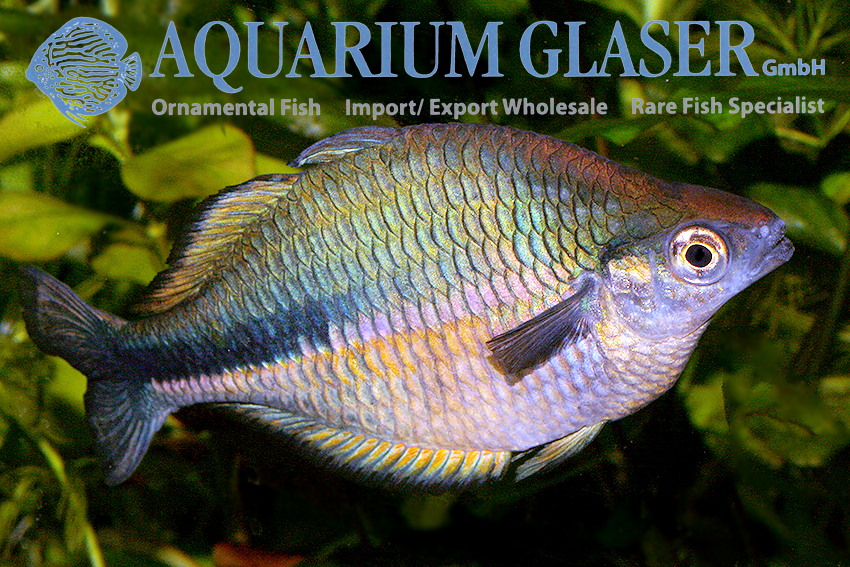
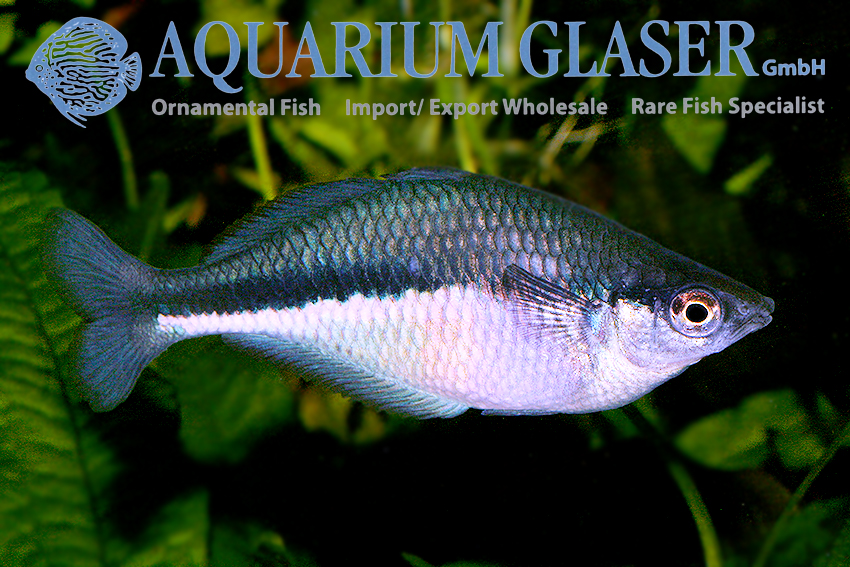
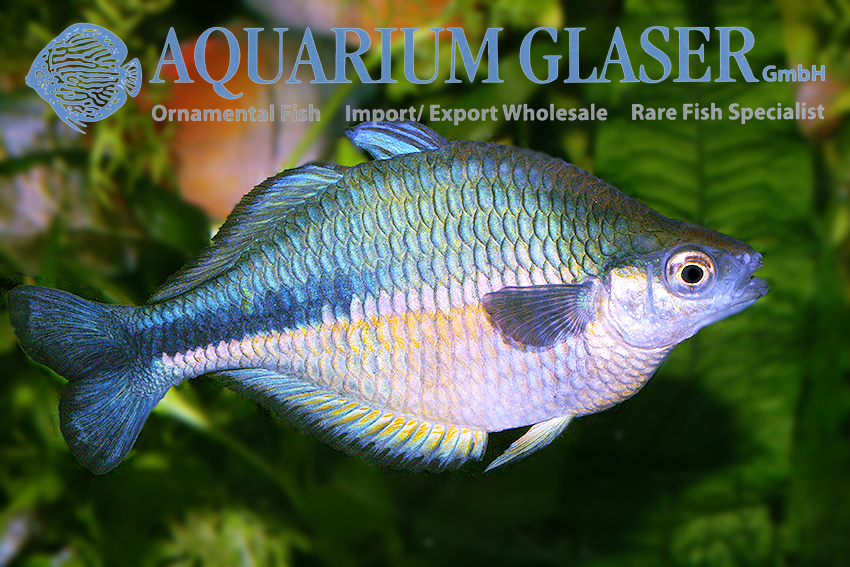
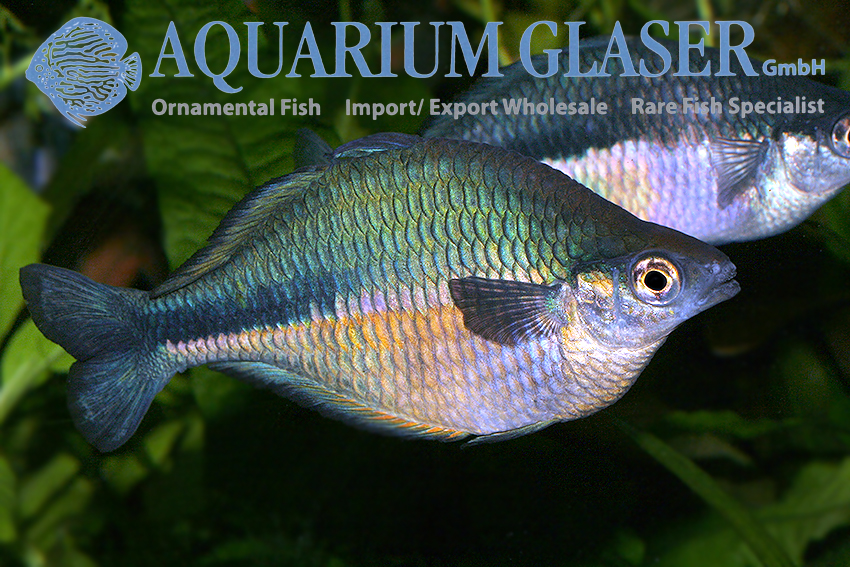
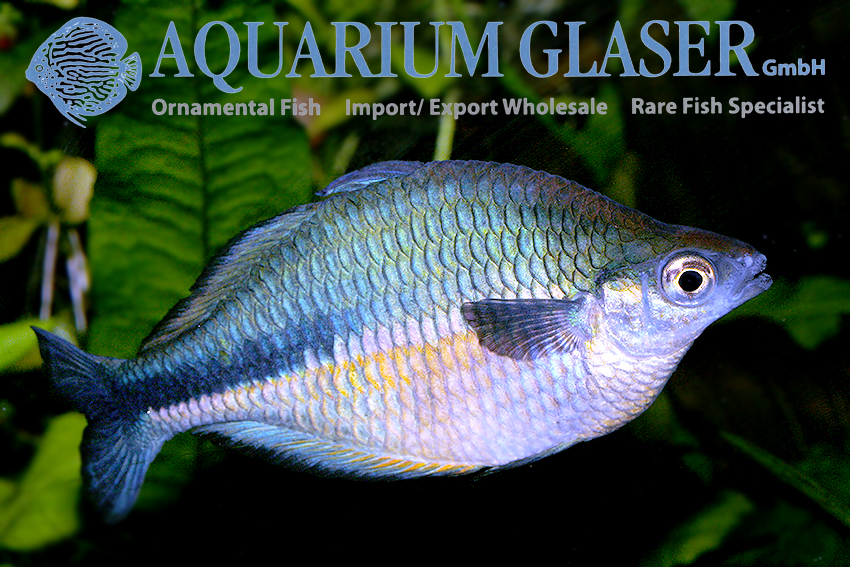
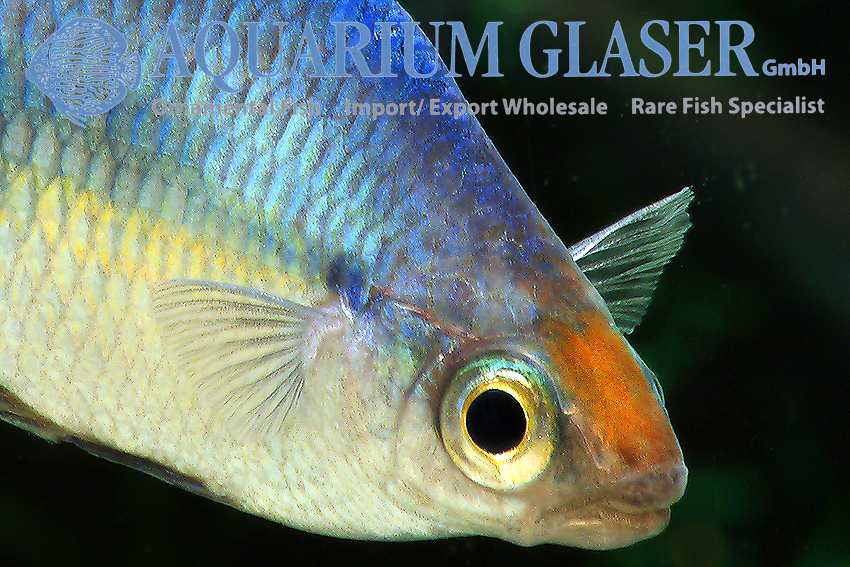
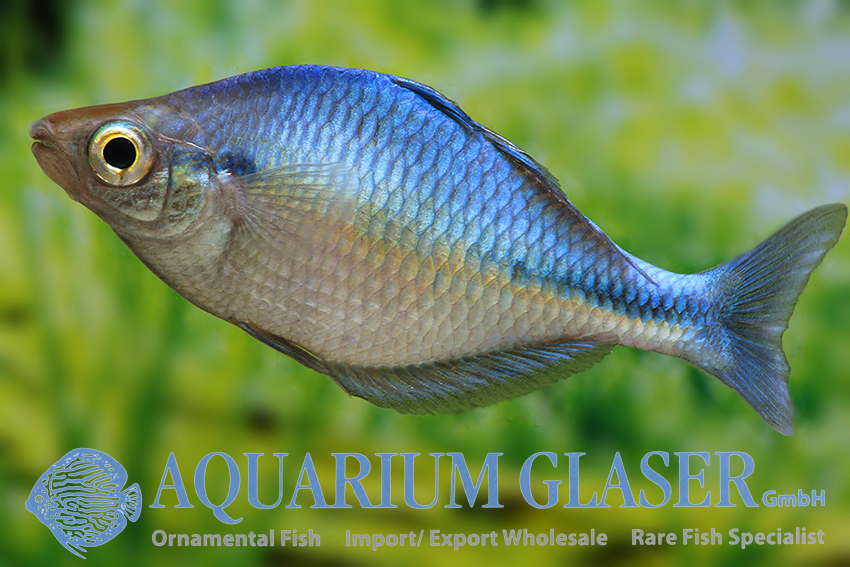
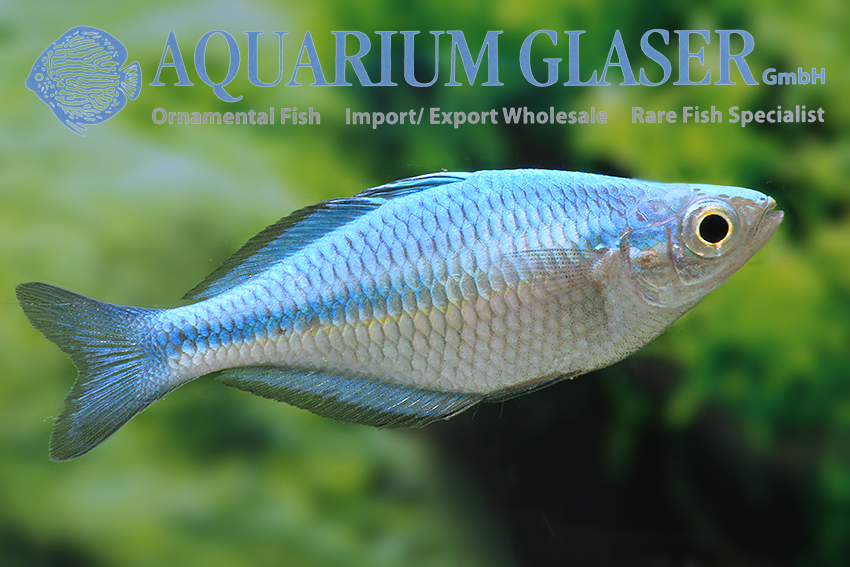
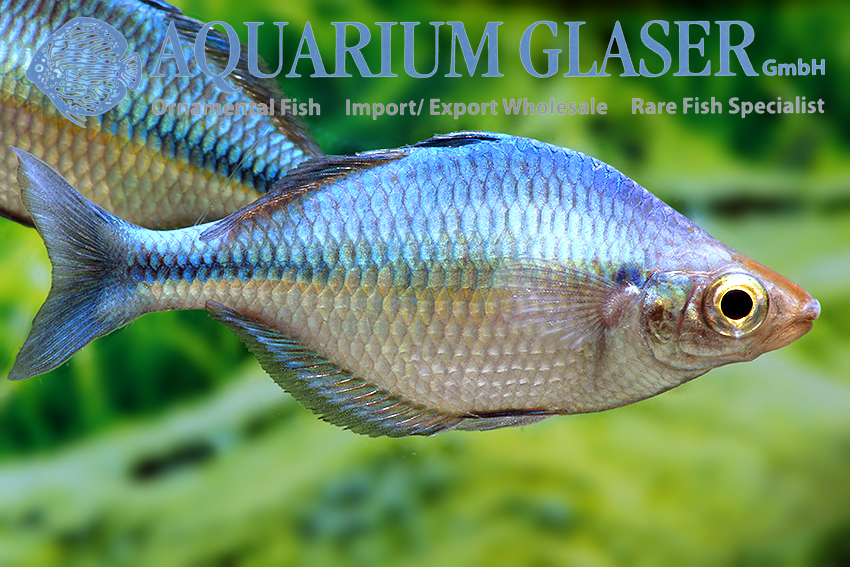
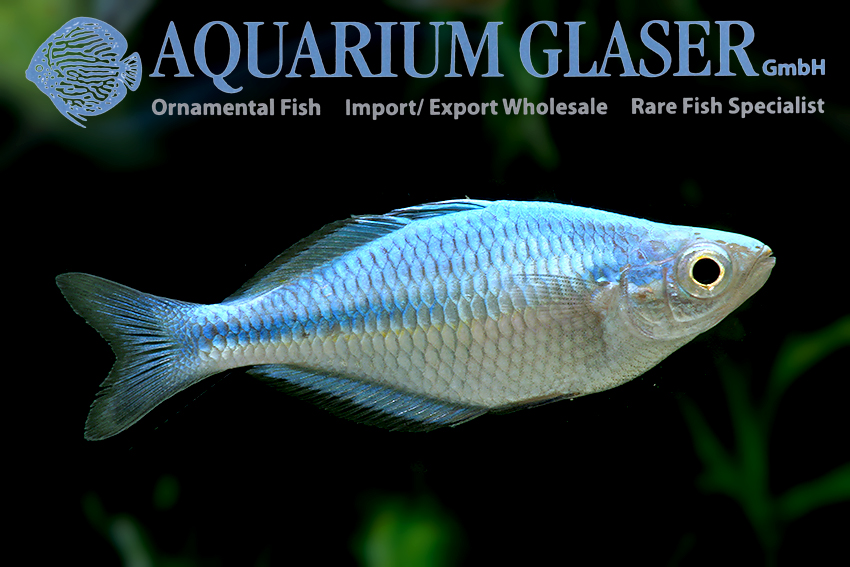
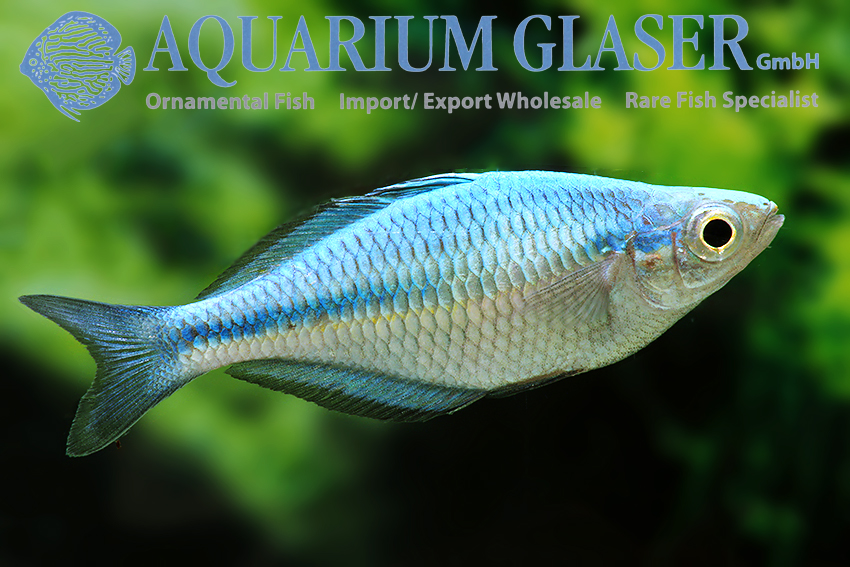
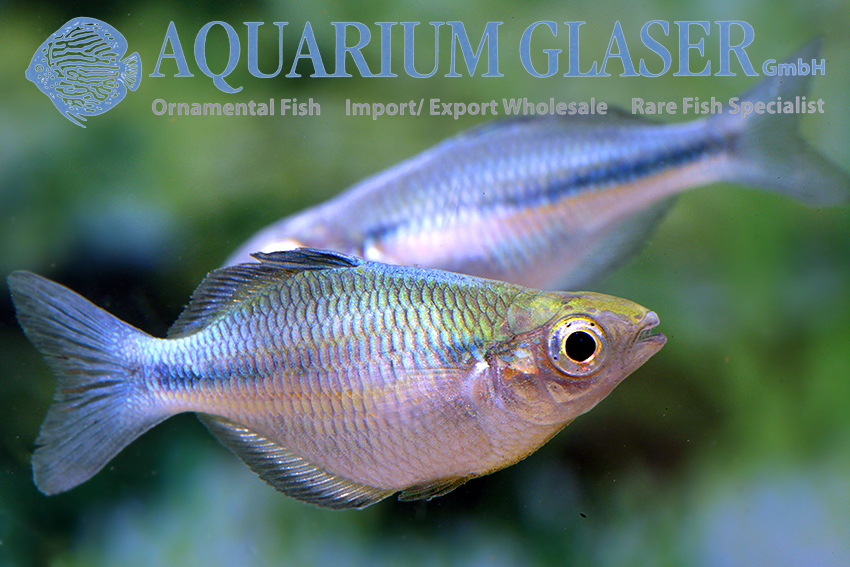
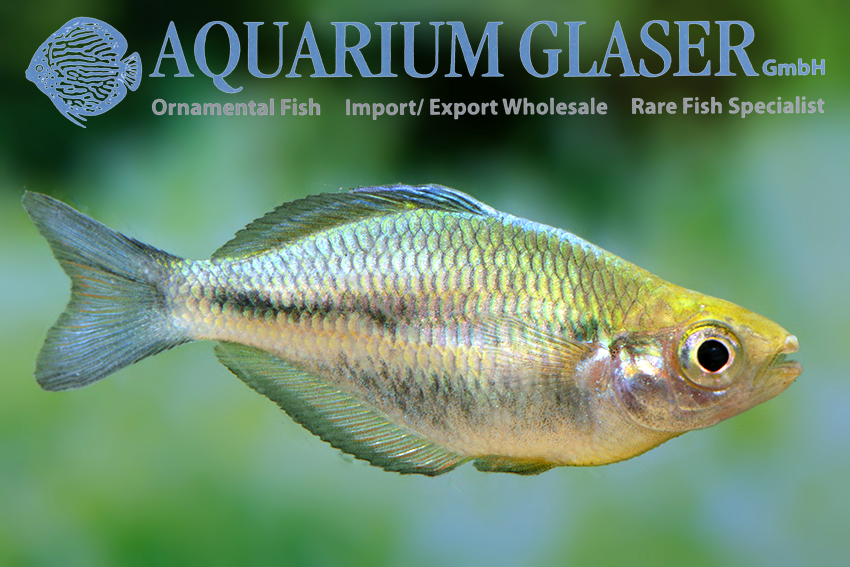
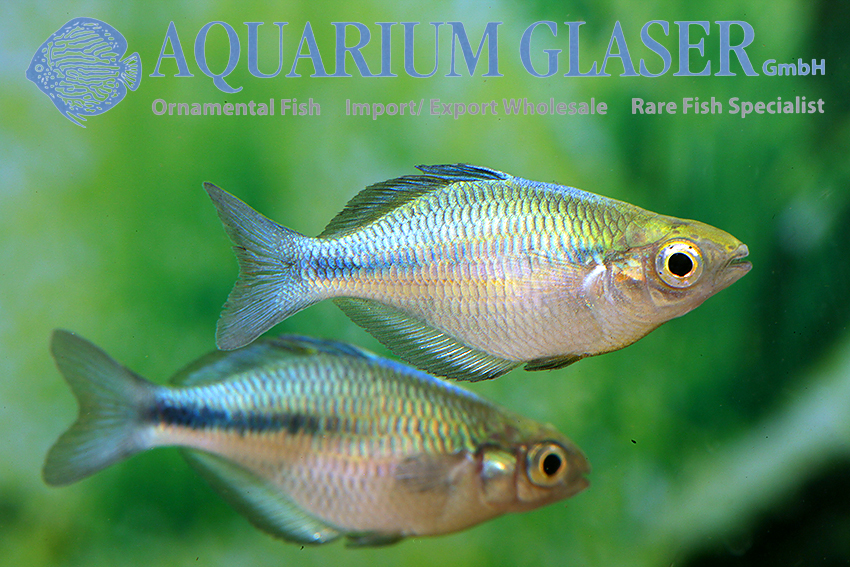
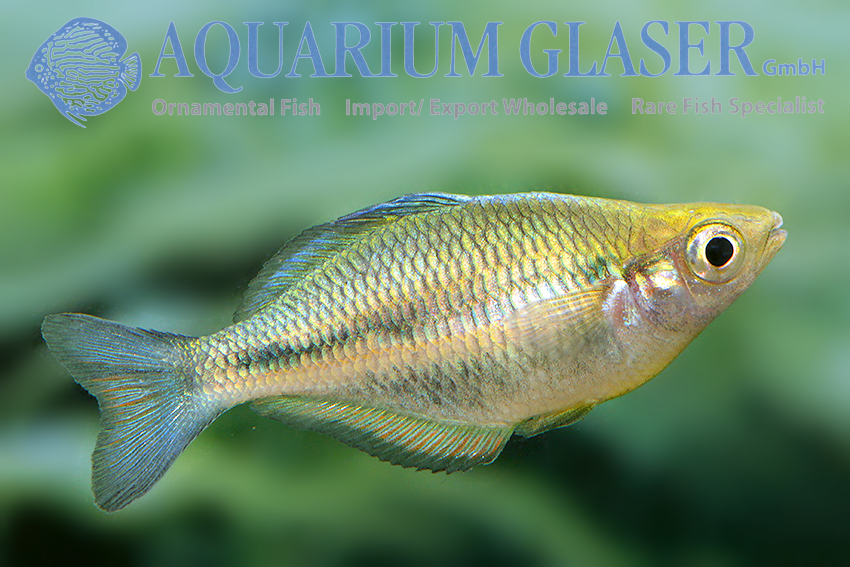
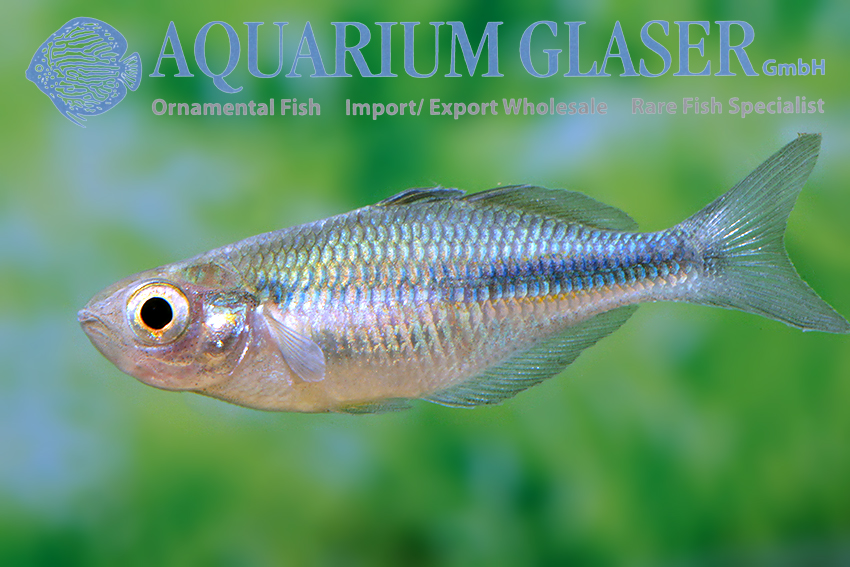
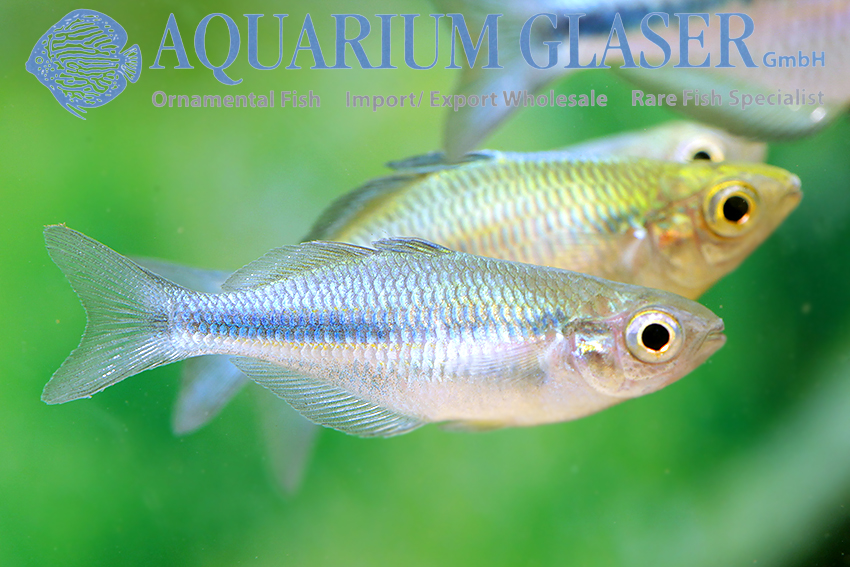
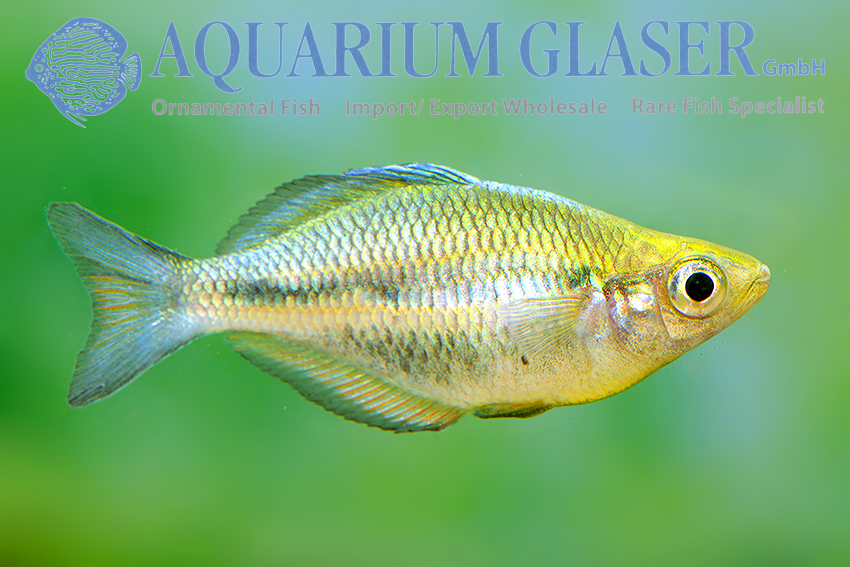
Rainbowfish are almost always very colorful. But – and this is a big but – they only show these colors from a certain age and grow comparatively slowly. Rainbowfish show their most intense colors during courtship and spawning. Both can be observed very often in the home aquarium, but unfortunately not in the trade, at least not on order. As a result, the semi-adult rainbowfish offered in the trade often appear boring and silvery to the layman. Only a few species are already very colorful as relatively small animals and these species are accordingly part of the standard range in the trade.
Melanotaenia lacustris is one of these few species that color early. Often – but not always – these animals develop an ultramarine blue upper half of the body and a very pale belly. However, there are also many other possible colorations and this species could justifiably be called a chameleon rainbowfish. During courtship it gets really crazy, then the males also get a sulphur-yellow or reddish stripe over the head. Otherwise, the sexes differ only slightly in color. A better distinguishing feature of the females is their much slimmer body shape.
Melanotaenia lacustris are easy to keep and breed. Ideal are pH values above 8 and clear water between 20 and 25°C with plenty of plants, but the fish are very adaptable and tolerate pH values down to 7 just as well as higher water temperatures. The aquarium strains consist exclusively of captive-bred specimens. Melanotaenia lacustris is endemic to the largest lake in Papua New Guinea, Lake Kutubu and its outflow. The lake is of volcanic origin and is home to the largest number of endemic fish species in Papua New Guinea, including five Mogurnda species alone. Unfortunately, all of the lake’s species are now considered endangered. Natural gas is being extracted around the lake, which has already led to enormous water pollution and fish mortality. In addition, the workers brought sport fish for fishing. These alien species are decimating the remaining populations of the native, smaller species. Melanotaenia lacustris also only grows to a maximum length of 12 cm, but usually remains under the 10 cm mark.
For our customers: the fish have code 428003 (4-6 cm) on our stock list. Please note that we only supply the wholesale trade.
Text & photos: Frank Schäfer




